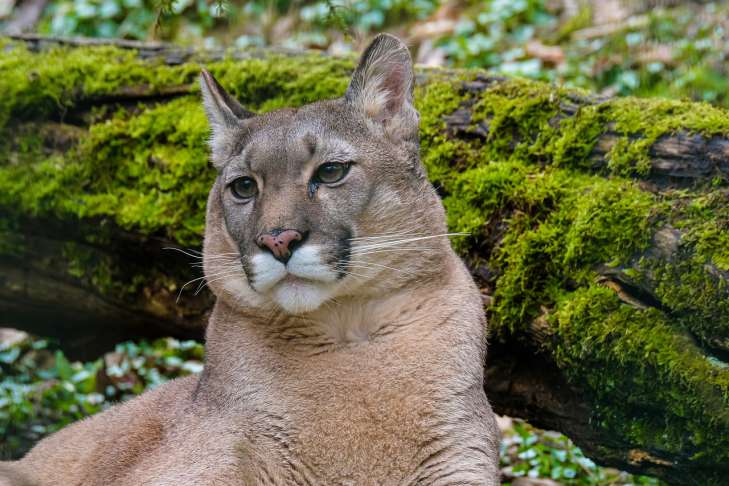Puma: Interesting Facts – You Didn't Know About It
Pumas are found at different altitudes - from plains to mountains 4700 m above sea level, and in different landscapes: in montane coniferous forests, tropical forests, grassy plains, pampas, swampy lowlands and in general in any terrain that provides them with enough food and shelter.
Cougar lifestyle
Like all cats, cougars lead a solitary lifestyle. They are secretive and rarely reveal their presence with their voice.
Pumas are very flexible and dexterous cats, they climb trees perfectly, and are capable of making huge leaps in length and height.
What is the difference between a Puma and a Jaguar
The puma's front paws are slightly larger than the hind paws, and are excellent for grasping prey.
Longer hind legs allow the puma to jump well - up to 6 meters in length and 3 meters in height.

The jaguar stands out noticeably against the background of the puma with its more developed muscles.
How many pumas are left in the world
The Florida cougar (lat. Puma concolor coryi) is the rarest subspecies of puma. In 1970, there were only about 20 pumas in the wild.
According to estimates in 2017, their number is estimated at 230 individuals.
Zoologists have confirmed that humans remain the leading cause of death for pumas in California.
Most often, these protected predators are killed by government officials and poachers.
In addition, they die under the wheels of cars.
Previously, we talked about parrots.


